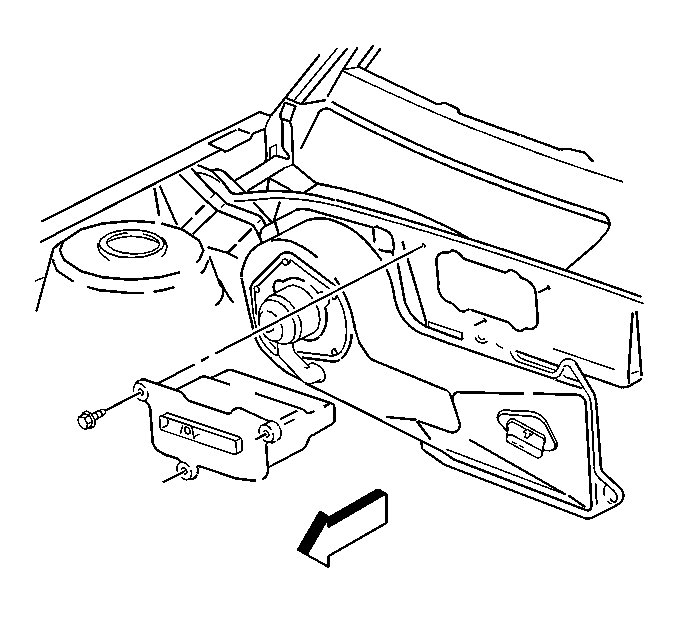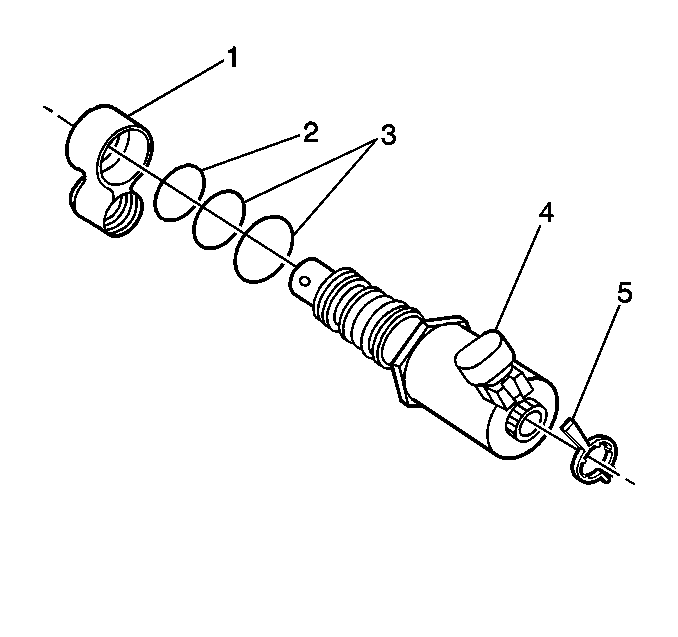The variable effort steering (VES) system varies the driver
effort that is required to steer as the vehicle speed changes. At low speeds,
the system provides maximum power assist for easy turning and parking maneuvers.
At higher speeds, steering effort is increased in order to provide the driver
with firmer steering (road feel) and directional stability.
The VES system varies the driver effort by reducing the power steering
fluid flow from the pump as vehicle speed increases. When the vehicle is stationary,
the system provides maximum flow. As the vehicle speed increases, the fluid
flow is decreased.
The VES system consists of the following power steering components:
| • | The electronic brake control module (EBCM) |
| • | The electronic variable orifice (EVO) actuator |
| • | The steering wheel speed sensor |
| • | The power rack and pinion |
| • | The power steering pump |
Electronic Brake Control Module (EBCM)

The VES steering system software is contained in the electronic brake
control module (EBCM). The EBCM processes vehicle speed information from
the ABS wheel speed sensors. The EBCM uses the steering wheel speed sensor
in order to provide a control signal to the electronic variable orifice
(EVO) actuator located on the power steering pump.



